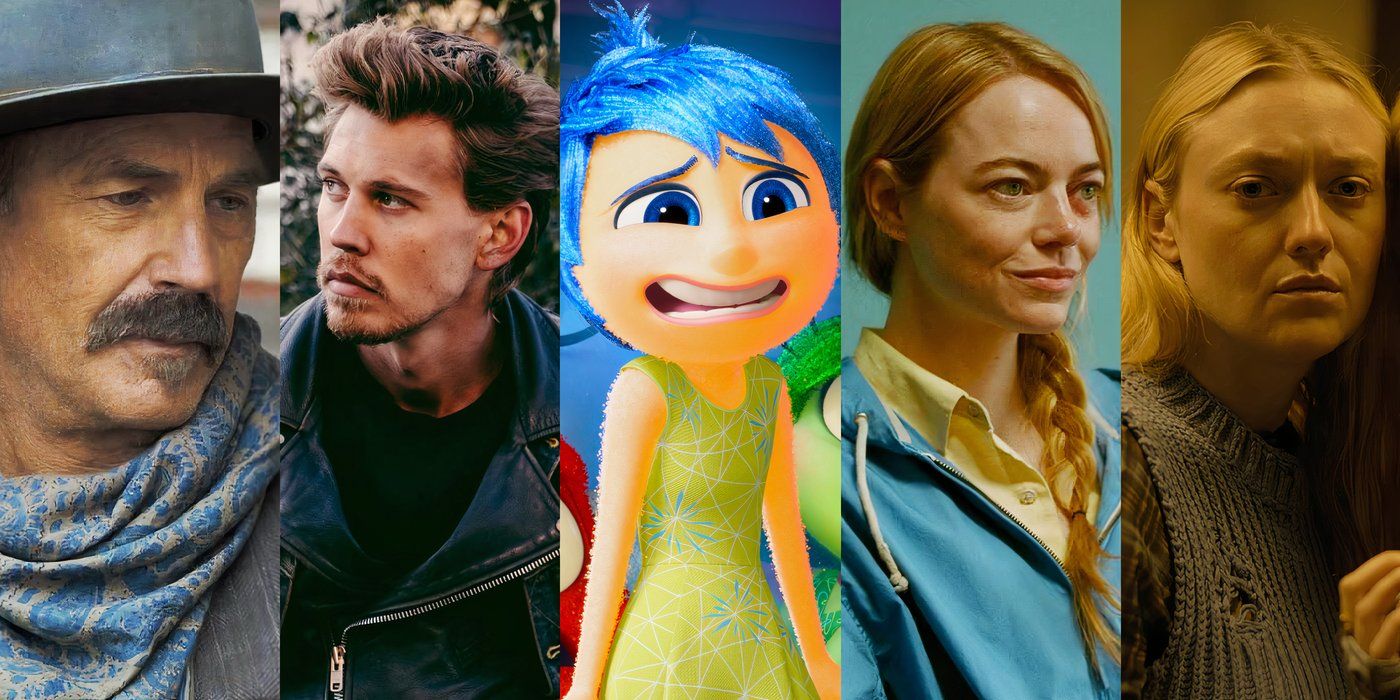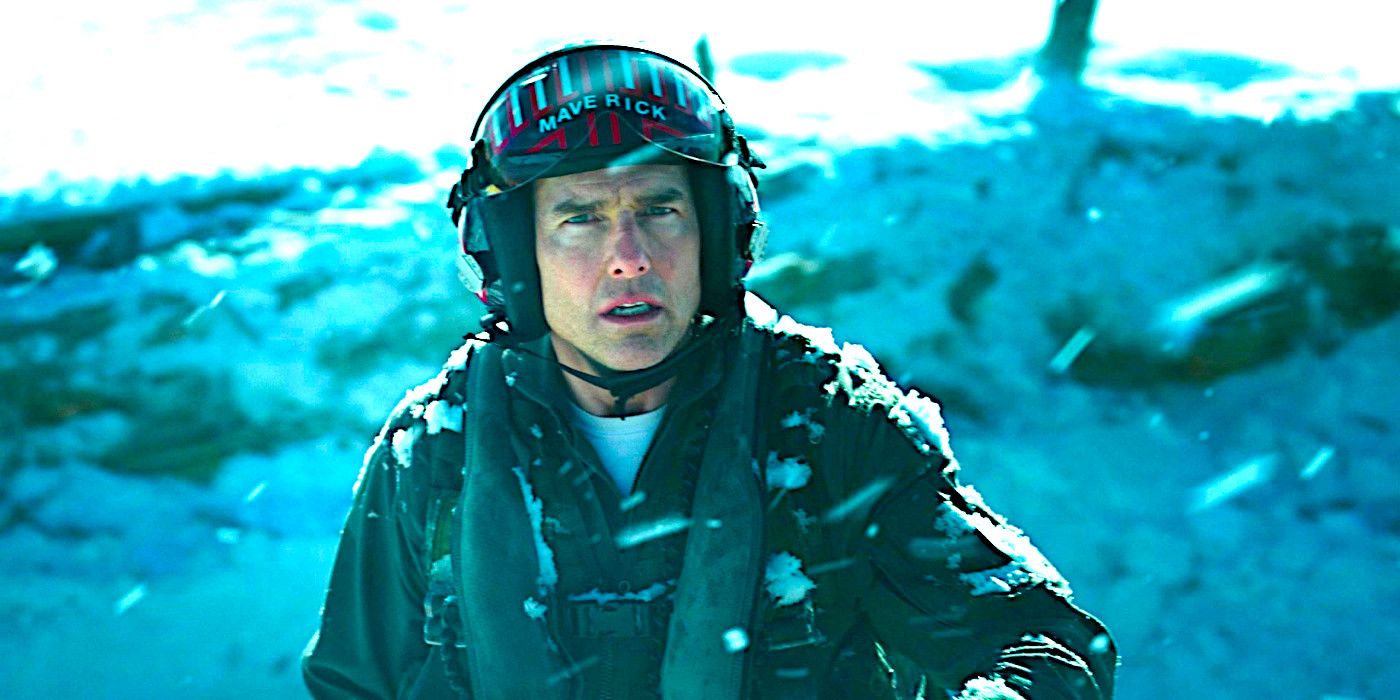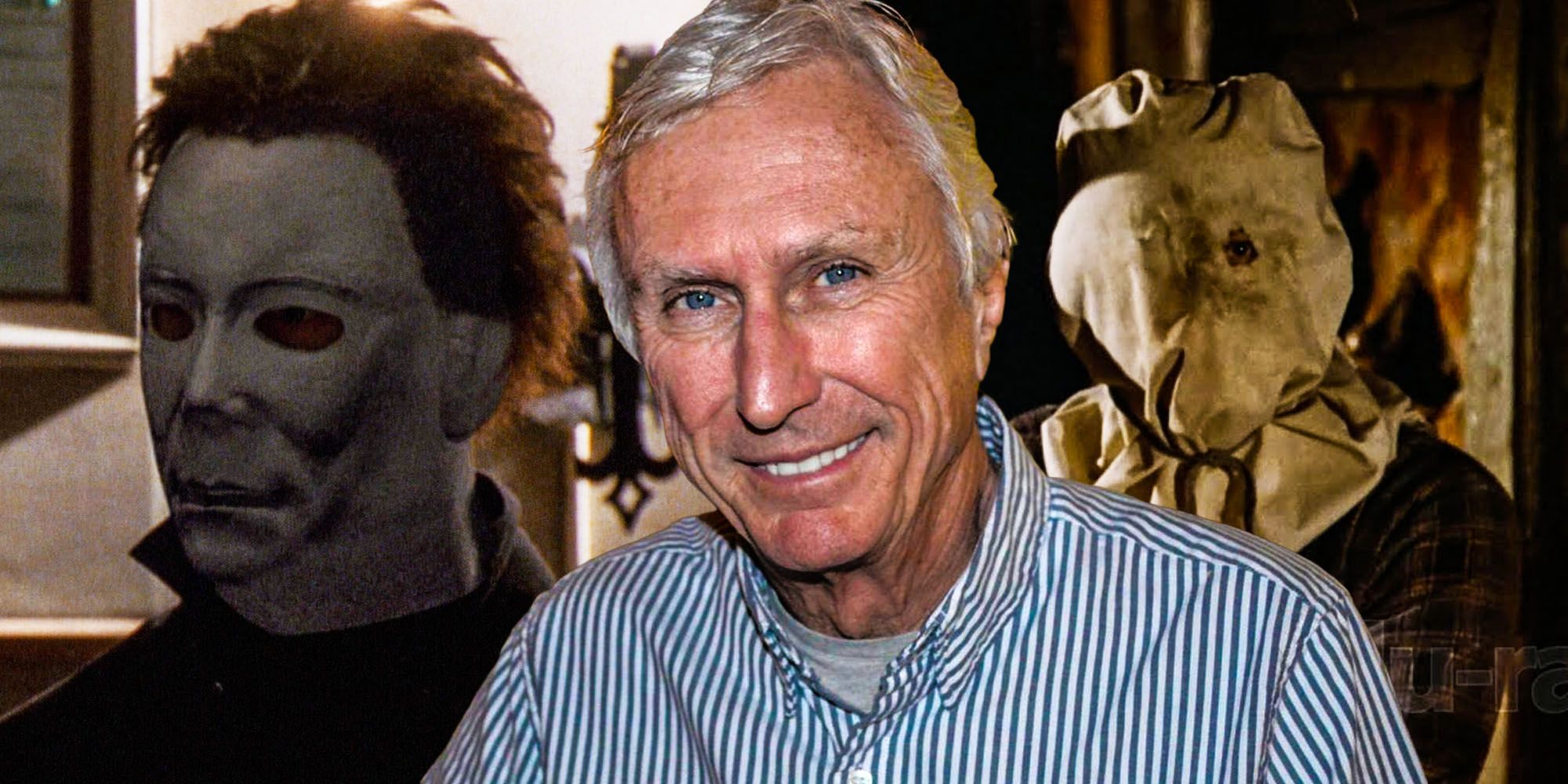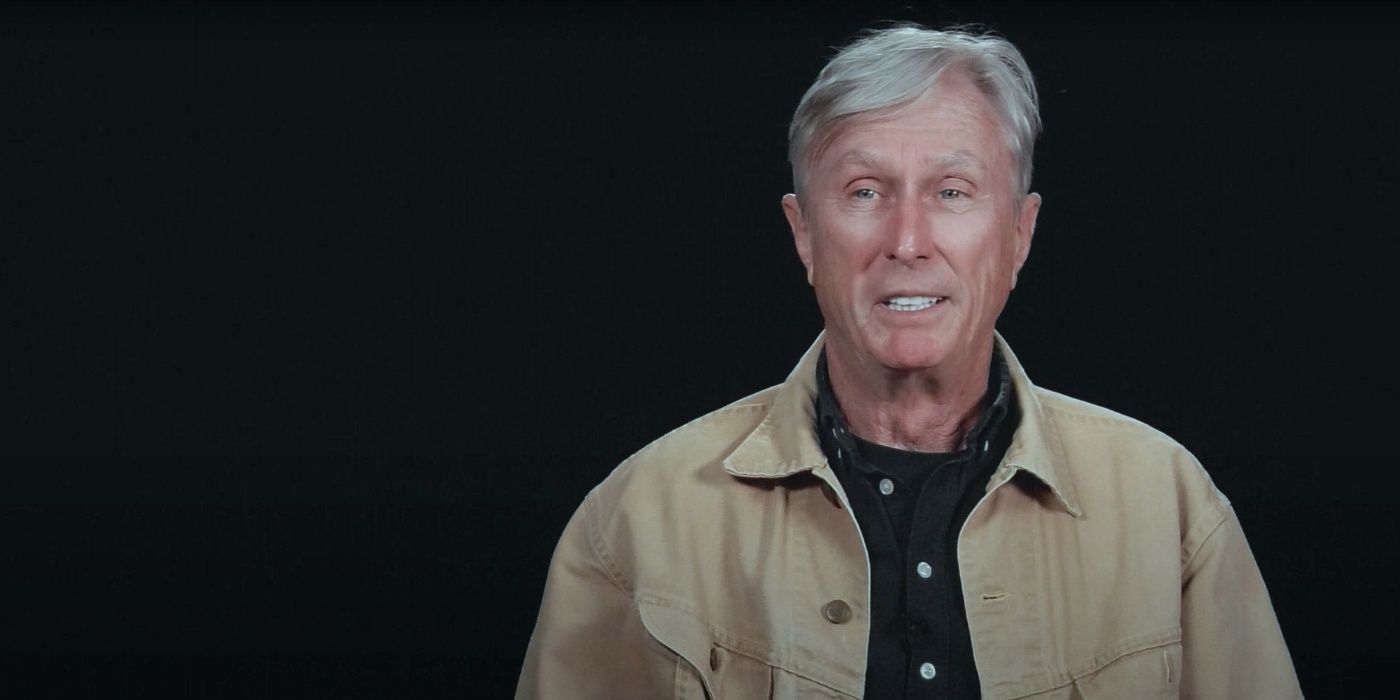Halloween: H20 famously put the storied Halloween movie franchise back on track, and its success is due to one of horror's great unsung directors: Steve Miner. While Miner's name might not be as recognizable or legendary as horror directors like John Carpenter, George A. Romero, or Wes Craven, his output in the genre is more than deserving of praise. When it comes to genre clout, Miner has far more on his resume than just the seventh Halloween film. His name is attached to some of the most beloved cult horrors of all time, cementing his status as something of an underappreciated figure in the genre.
Long before Steve Miner gave the Halloween franchise the shot in the arm it needed after a decade of underwhelming, increasingly convoluted Halloween sequels, he'd cut his teeth on several other horror productions fans will be familiar with. Miner's directorial skills were also key to the early development of the Friday the 13th franchise, in addition to other horror projects that went on to generate cult followings. Many of these films went on to have sequels created by other directors too, proving Miner's talents were profitable enough to launch franchises.
Aside from H20, Steve Miner is probably best known for directing Friday the 13th Part 2 and its sequel, Friday the 13th Part 3D. Following in the footsteps of the original's director Sean Cunningham, Miner put his own unique spin on the story. His ability to craft suspense and weave it with humor helped set both films apart from the first. It was Friday the 13th Part 2 that introduced Jason Voorhees as the series antagonist, and in Part 3D Miner gave Jason his iconic hockey mask. Miner's helped set the formula for the series and every film from Friday the 13th: The Final Chapter onward built upon his work, making him one of the founding fathers of the slasher film. Some of the best horror filmmakers also have a talent for comedy and Miner is no exception. He was the second unit director on 1986's Night of the Creeps - which later influenced James Gunn's horror movie Slither - which combined laughs with scares to create one of the decade's most fondly remembered cult classics.
That same year Miner also directed horror/comedy House, which tackled the horrors of Vietnam through a unique supernatural monster movie lens. While House is a little too goofy to genuinely chill, it's one of the decade's most distinct fusions of horror with humor and it spawned three sequels. Maybe his most underrated genre effort is 1989's Warlock, which cast Julian Sands as the title villain, a male witch who travels from the past to the present day to kickstart the apocalypse. Sands' menacing performance combined with the likable heroes and fast pace makes it a gem. Maybe one of the most fascinating aspects of Steve Miner's filmography is just how diverse it is. In addition to his many contributions to the horror genre, he also helmed comedies, dramas, westerns, and TV with series like Dawson's Creek. This could be one reason some fans tend not to link his name to horror like Carpenter or Craven.
In 1998, Miner received his most high-profile horror assignment to date: bringing back Michael Myers. Miner made it his mission to create a film that re-established Myers as the terrifying force of nature he'd been in the first two films. Halloween H2O featured his signature fusion of horror with comedic moments, a balancing act that might've derailed the sequel under a less-talented helmer and the movie was not only a hit but is now considered one of the series' best. Miner's last genre entry of note was 1999's horror/comedy Lake Placid. Once again, the film's success led to multiple Lake Placid sequels and the original featured some genuinely suspenseful setpieces. Although Steve Miner hasn't dabbled in horror in many years, his legacy deserves to be remembered and respected. From slashers and aliens to ghost soldiers and giant crocodiles, there's more to the filmmaker than simply being the man who helped save Michael Myers.






